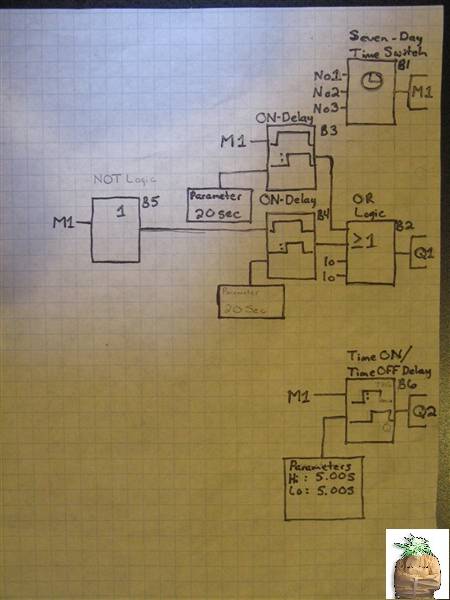bass ackwards
Member
This time when I set up my grow rooms I want to do things differently. One of the things I want to change is the way my lights go on. My flower rooms will have six 600wHPS lights. Previously when the lights went on they all went on at once. I'm concerned about the sudden surge in electricity this caused. What I would like to do is have the lights go on in intervals, say two lights on followed by a short period of time, then two more lights go on,then after another pause the last two go on.
I know there are sequential timers that will do this but the problem I have with them is their cost, appx.$250. I don't need additional timers, I have enough already and they work fine. What I am hoping to find is something like an outlet which has a delay circuit in it. Something simple and cheap.
There are outlets which have similar circuits to prevent hot starts, but they will not fit my needs. I'm hoping some of you know of something which will fit my needs, how bout it? Anybody!
Respect bass
I know there are sequential timers that will do this but the problem I have with them is their cost, appx.$250. I don't need additional timers, I have enough already and they work fine. What I am hoping to find is something like an outlet which has a delay circuit in it. Something simple and cheap.
There are outlets which have similar circuits to prevent hot starts, but they will not fit my needs. I'm hoping some of you know of something which will fit my needs, how bout it? Anybody!
Respect bass



